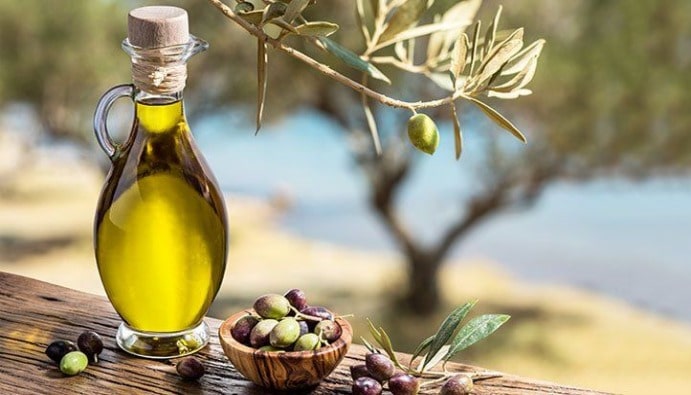
BLOG
KATEGORİDEKİ DİĞER YAZILAR

Olive oil is a natural oil obtained from the fruits of the olive tree and is widely used especially in Mediterranean cuisine. Produced by methods such as cold pressing, extra virgin olive oil is known for its high antioxidant and healthy fat content.
Olive oil has an important place in a balanced diet. Thanks to its healthy fatty acids and antioxidants:
UV specific absorbance analysis (K232, K270 and ∆K values) is a test to assess the oxidation status and chemical quality of olive oil. Oxidation leads to staling or loss of quality of the oil. This analysis is an important indicator to understand the purity, quality and freshness of olive oil.
UV specific absorbance values in olive oil are determined in the Turkish Food Codex Communiqué on Olive Oil and Olive Pomace Oil:
These values are the determining criteria for olive oil to be included in the extra virgin category. Values above the specified limits indicate that the oil is of poor quality or a mixture is made.
UV absorbance testing is performed by spectrophotometry. The procedure is as follows:
This analysis is an important step to guarantee the quality of olive oil and provide consumers with a safe product.
Contact us for more information.
You can follow us on LinkedIn for up-to-date news and posts about our services.
Follow our Instagram account to stay up to date with our latest blog posts.